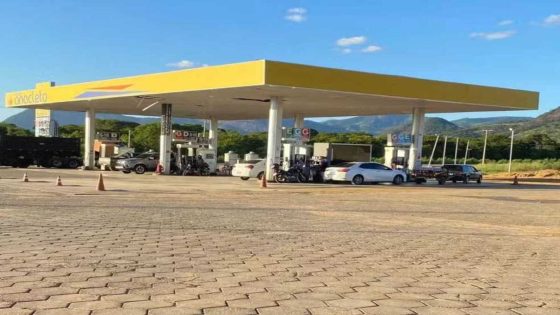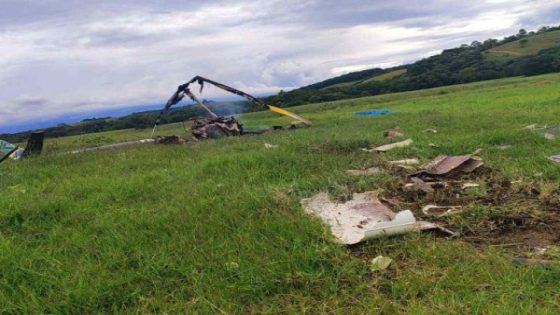February 2025 brings a significant heatwave to Brazil, with temperatures soaring above normal. This extreme weather is particularly affecting the southern regions, raising concerns about its impact on local communities and agriculture.
- February 2025 brings second heatwave in Brazil.
- Southern Brazil, especially Rio Grande do Sul, affected.
- Temperatures may exceed historical averages by 5°C.
- Extreme heat impacts agriculture and water resources.
- Severe storms possible due to high temperatures.
- Climate change increases frequency of heat events.
As the heatwave continues, residents are left wondering: how will this affect daily life and the environment?
How the Current Heatwave in Brazil Compares to Extreme Weather in the US
As Brazil faces this intense heatwave, how does it relate to similar weather patterns seen in the united states? The current wave of temperatures reaching above 40°C in Brazil mirrors the extreme heat events that have increasingly impacted the US in recent years. What lessons can be learned from these events?
Key Regions Affected by Brazil’s Heatwave and Their Challenges
The southern state of Rio Grande do Sul is experiencing the brunt of this heatwave, with cities like Santa Rosa and Uruguaiana expected to see temperatures surpassing 40°C. This extreme heat is exacerbated by the La Niña phenomenon, which disrupts typical weather patterns. Here are some key points about the current situation:
- Temperatures in Rio Grande do Sul could reach between 35°C and 42°C.
- Parts of the Midwest, especially Mato Grosso do Sul, are also facing extreme heat.
- Intense heat increases the risk of isolated thunderstorms.
- Farmers are struggling with water shortages due to high evaporation rates.
Impacts of Extreme Heat on Agriculture and Water Resources
The ongoing heatwave is raising serious concerns for agriculture in Brazil. With higher temperatures leading to increased evaporation, many farmers are facing challenges in managing water resources. As crops suffer from the heat, what strategies can be implemented to mitigate these effects?
Future Climate Trends: What to Expect in Brazil and Beyond
As the second heatwave of 2025 unfolds, meteorologists are closely monitoring the situation. The rise in extreme weather events, such as heatwaves, highlights the urgent need for effective climate adaptation strategies. How can communities prepare for future climatic changes?
In conclusion, the current heatwave in Brazil serves as a stark reminder of the challenges posed by climate change. As temperatures rise, both Brazil and the US must consider proactive measures to protect their communities and natural resources.
































